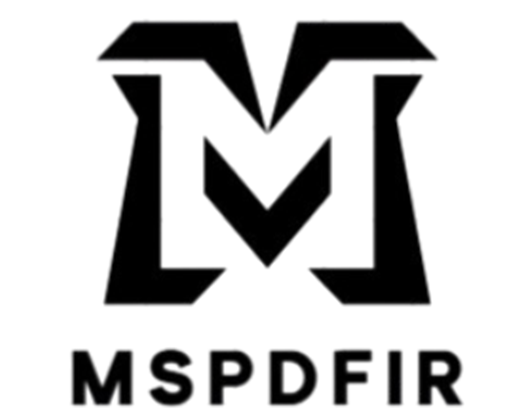The coins lying around in your drawer might not just be spare change – they could be worth millions! Especially if you own a rare edition of the 1976 Bicentennial Quarter, some of which have been auctioned for up to $85 million (about Rs 700 crores)!
But what makes this quarter so valuable? How can you tell if your coin is rare? Let’s dive into the fascinating history, unique characteristics, and valuation factors of the Bicentennial Quarter.
The History of the Bicentennial Quarter
In 1973, the U.S. Mint launched a nationwide initiative to create a special coin in celebration of America’s 200th anniversary. A design competition was held, and Jack L. Ahr’s depiction of a colonial drummer was chosen for the quarter’s reverse side, replacing the traditional eagle.
Key Features of the Bicentennial Quarter
| Feature | Description |
|---|---|
| Obverse (Front) | Traditional portrait of George Washington with the dual date “1776-1976.” |
| Reverse (Back) | Features a colonial drummer and 13 stars representing the original colonies. |
| Mint Locations | Philadelphia (No mint mark), Denver (D), and San Francisco (S). |
| Metal Composition | Copper-nickel for circulation, 40% silver for collector editions. |
Why Are Some Bicentennial Quarters Worth Millions?
While millions of Bicentennial Quarters were produced, only a few rare variations have fetched astronomical prices. The value of a coin depends on several key factors:
1. Minting Errors
Coins with errors during production are often worth significantly more. Look for: Double Die Obverse – Slightly duplicated design elements. Off-Center Strikes – Misaligned printing. Wrong Metal Composition – Silver quarters mistakenly minted in 100% silver instead of 40%.
2. Condition (Grading Matters!)
Coins graded MS-65 or higher (mint state, uncirculated condition) are more valuable. Coins without wear, scratches, or damage fetch premium prices.
3. Mint Mark & Metal Composition
- Philadelphia (No Mint Mark): Less valuable unless a rare error is present.
- Denver (D Mint Mark): Common, but rare errors exist.
- San Francisco (S Mint Mark – Silver Edition): 40% silver proof quarters can be worth a fortune!
The Most Expensive Bicentennial Quarters Ever Sold
| Coin Type | Auction Price (USD) |
|---|---|
| 1976-S Silver Bicentennial Quarter (MS-70) | $85 Million |
| 1976 Double Die Obverse Quarter | $56 Million |
| 1976 No Mint Mark Error Quarter | $48 Million |
How to Identify a Rare Bicentennial Quarter?
Want to check if your quarter is rare? Follow these steps:
- Check the Date: It must read “1776-1976.”
- Look for a Mint Mark: Find “D,” “S,” or no mark.
- Inspect for Errors: Use a magnifying glass to detect doubling or misprints.
- Test the Metal Composition: A silver quarter sounds different when dropped compared to a copper-nickel one.
- Get a Professional Grading: Organizations like PCGS or NGC can certify your coin’s authenticity and grade.
Other Valuable U.S. Coins You Should Know About
If you’re fascinated by rare coins, check out these highly valuable U.S. coins:
| Coin | Estimated Value |
|---|---|
| 1796 Draped Bust Quarter | Up to $50 Million |
| 1932-D Washington Quarter | Up to $65 Million |
| 1804 Draped Bust Quarter | Up to $75 Million |
Want to Start Coin Collecting? Follow These Tips!
- Learn Coin Grading: Get coins evaluated by certified agencies like PCGS and NGC.
- Invest in Proper Tools: Use a magnifying glass, digital scale, and coin albums to preserve your collection.
- Research the Market: Follow PCGS Price Guide, NGC Price Guide, and attend coin auctions.
- Join Numismatic Communities: Engage with experts in forums like CoinTalk and Coin Community Forum.
- Keep Detailed Records: Store photos, purchase receipts, and coin details for future reference.
Conclusion: Could Your Quarter Be Worth Millions?
If you have a 1976 Bicentennial Quarter, take a close look! It could be a hidden treasure worth millions. Check for errors, mint marks, and condition, and consult an expert if you suspect it’s rare.
FAQs
What is the rarest Bicentennial Quarter?
The 1976-S Silver Bicentennial Quarter (MS-70) is the rarest and has sold for up to $85 million.
How do I know if my Bicentennial Quarter is valuable?
Look for mint marks, metal composition, and minting errors. Coins in uncirculated condition (MS-65 or higher) have higher value.
Where can I sell a rare Bicentennial Quarter?
You can sell it at auction houses, coin shows, online marketplaces (eBay, Heritage Auctions), or through certified numismatic dealers.
Do all Bicentennial Quarters have silver?
No, only the San Francisco-minted (“S”) quarters were made in 40% silver.
What does “Double Die Obverse” mean?
It refers to an error where the coin’s design appears duplicated due to a mistake in the minting process, making the coin extremely valuable.





